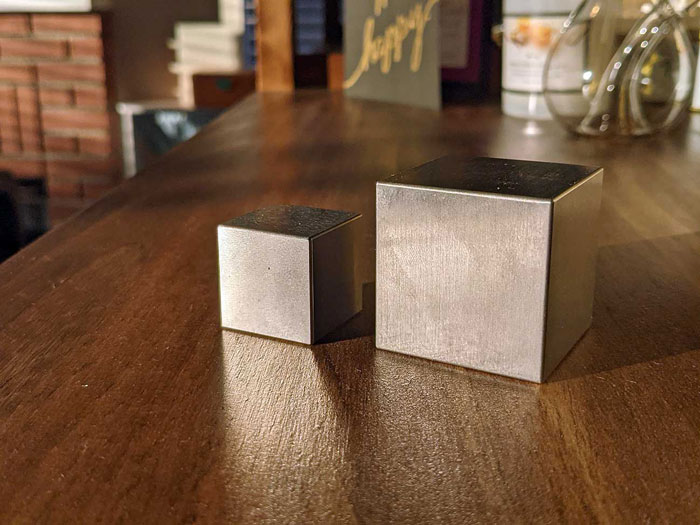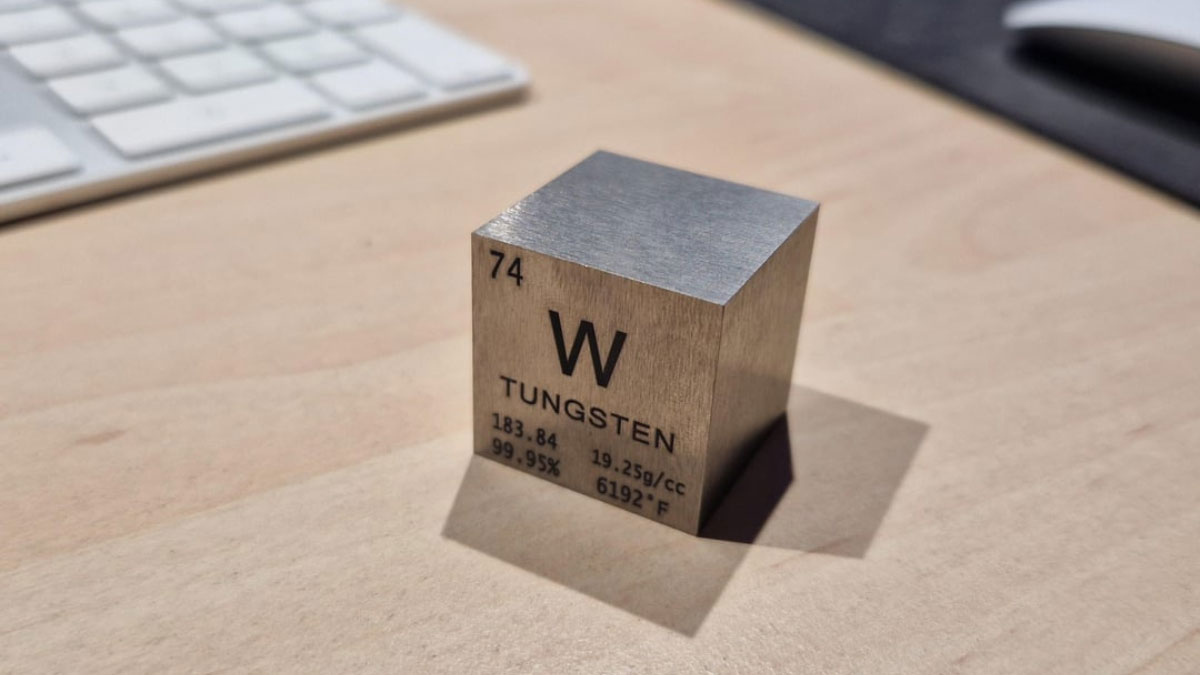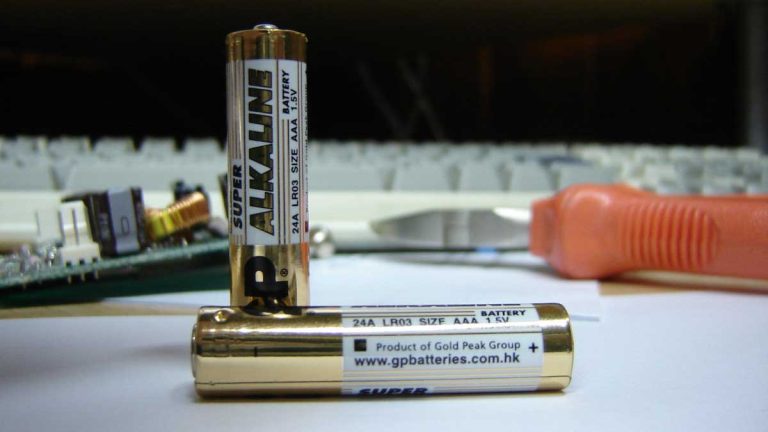How Heavy is Tungsten? Complete Density Analysis
Tungsten stands as one of the densest naturally occurring elements, with remarkable physical properties that make it invaluable across numerous industries. Its exceptional density of 19.25 g/cm³ at room temperature places it among the heaviest metals known to science[1].
Physical Density Properties
The extraordinary weight of tungsten stems from its atomic structure and crystalline arrangement. With an atomic number of 74 and atomic weight of 183.85, tungsten’s density is approximately 19.3 grams per cubic centimeter at 20°C (68°F)[5]. This makes it:
- Nearly twice as dense as lead (11.34 g/cm³)
- Comparable to uranium (19.1 g/cm³)
- About 1.7 times denser than pure gold (19.32 g/cm³)
Crystalline Structure Impact
Tungsten’s high density is attributed to its body-centered cubic (BCC) crystal structure[6]. This arrangement allows for:
- Efficient atomic packing
- High structural stability
- Superior mechanical strength
- Exceptional thermal resistance
Industrial Applications Due to Weight
The substantial density of tungsten makes it ideal for numerous applications where weight is crucial:

Military and Defense
- Armor-piercing projectiles
- Radiation shielding
- Ballistic materials
- Military vehicle counterweights[2]
Medical Applications
- X-ray shielding equipment
- Radiation therapy components
- Medical imaging equipment[6]
Comparative Weight Analysis
When comparing tungsten’s weight to other common materials, its exceptional density becomes even more apparent:
| Material | Density (g/cm³) |
|---|---|
| Tungsten | 19.25 |
| Gold | 19.32 |
| Lead | 11.34 |
| Iron | 7.874 |
| Aluminum | 2.70 |
Volume-to-Weight Relationships
Understanding tungsten’s weight requires examining its volume-to-weight relationship:
- A 1-inch cube of tungsten weighs approximately 315.8 grams
- A tungsten sphere with 1-inch diameter weighs about 165.4 grams
- A typical tungsten wedding ring weighs 2-3 times more than a gold ring of the same size
Weight-Related Properties
Temperature Effects
Tungsten’s density varies with temperature changes:
- Density decreases slightly as temperature increases
- Maintains structural integrity up to 3,422°C (6,192°F)
- Thermal expansion coefficient: 4.5 × 10^-6/K at room temperature
Alloy Variations
Tungsten alloys can have different densities depending on composition:
- Tungsten carbide: 15.63 g/cm³
- Tungsten-copper alloys: 14-17 g/cm³
- Tungsten heavy alloys: 17-19 g/cm³
Practical Weight Considerations
Industrial Handling
The exceptional weight of tungsten presents unique challenges in manufacturing and handling:
- Special Equipment Requirements
- Heavy-duty lifting machinery
- Reinforced storage facilities
- Specialized transportation containers
- Safety Protocols
- Enhanced worker protection measures
- Strict weight limit guidelines
- Specialized training for material handling
Economic Impact of Weight
The density of tungsten significantly affects its economic aspects:
- Transportation Costs
- Higher shipping expenses per volume
- Special packaging requirements
- Limited quantity restrictions
- Storage Considerations
- Reinforced shelving needs
- Floor load capacity requirements
- Space optimization challenges
Scientific Applications
Research Uses
Tungsten’s weight makes it valuable in various scientific applications:
- Particle Physics
- Radiation shielding
- Particle beam collimators
- High-energy physics experiments
- Space Technology
- Satellite balance weights
- Spacecraft radiation protection
- Thruster components
Laboratory Applications
- Calibration Standards
- Mass calibration
- Density reference materials
- Quality control measurements
Environmental and Safety Considerations
Environmental Impact
The high density of tungsten affects its environmental footprint:
- Soil Interaction
- Limited mobility in soil due to weight
- Slow natural degradation
- Potential groundwater effects
- Recycling Challenges
- Energy-intensive recycling processes
- Specialized separation techniques
- Weight-related transportation issues
Safety Protocols
Working with heavy tungsten requires strict safety measures:
- Personal Protection
- Reinforced safety boots
- Mechanical lifting aids
- Ergonomic handling procedures
Frequently Asked Questions
Q: How does tungsten’s weight compare to gold?
A: Tungsten (19.25 g/cm³) is slightly less dense than gold (19.32 g/cm³), making them nearly identical in weight for the same volume.
Q: Why is tungsten so heavy?
A: Tungsten’s high density results from its atomic structure, featuring tightly packed atoms in a body-centered cubic arrangement with a high atomic number.
Q: Can tungsten’s weight be reduced?
A: While pure tungsten’s density is fixed, lighter tungsten alloys and composites can be created by combining it with less dense materials.
Q: Is tungsten the heaviest metal?
A: No, osmium (22.59 g/cm³) and iridium (22.56 g/cm³) are denser than tungsten, though tungsten is the heaviest metal in common industrial use.
Applications in Modern Technology
Advanced Manufacturing
The weight characteristics of tungsten play a crucial role in:
- 3D Printing
- High-density components
- Custom weight distribution
- Precision balance applications
- Electronics Industry
- Heat sinks
- EMI shielding
- Microprocessor components
Future Prospects
Emerging technologies utilizing tungsten’s weight properties:
- Green Energy
- Wind turbine counterweights
- Solar panel stabilizers
- Energy storage systems
Key Takeaways
Understanding tungsten’s weight properties is essential for various applications across industries. Its exceptional density of 19.25 g/cm³ makes it one of the heaviest practical metals available for industrial use. The material’s weight characteristics influence everything from manufacturing processes to environmental considerations, making it a crucial element in modern technology and industry.
Weight-Related Market Trends
The global tungsten market continues to evolve, driven by:
- Increasing demand in aerospace applications
- Growing use in medical equipment
- Rising importance in green technologies
- Expanding applications in defense sectors
Citations:
[1] https://www.samaterials.com/content/application-of-tungsten-in-modern-industry.html
[2] https://en.wikipedia.org/wiki/Tungsten
[3] https://almonty.com/tungsten-history/
[4] https://www.tungsten.com/material-info/tungsten-w
[5] https://www.britannica.com/science/tungsten-chemical-element
[6] https://heegermaterials.com/blog/100_what-are-the-properties-and-applications-of-t.html
[7] https://www.efineametals.com/refractory-metal-supplier/tungsten-alloys/tungsten-alloy-properties/
[8] https://www.plansee.com/en/materials/tungsten.html







